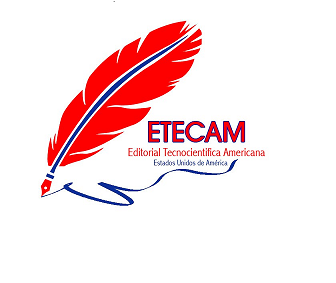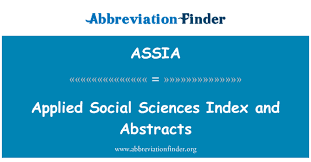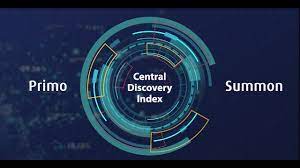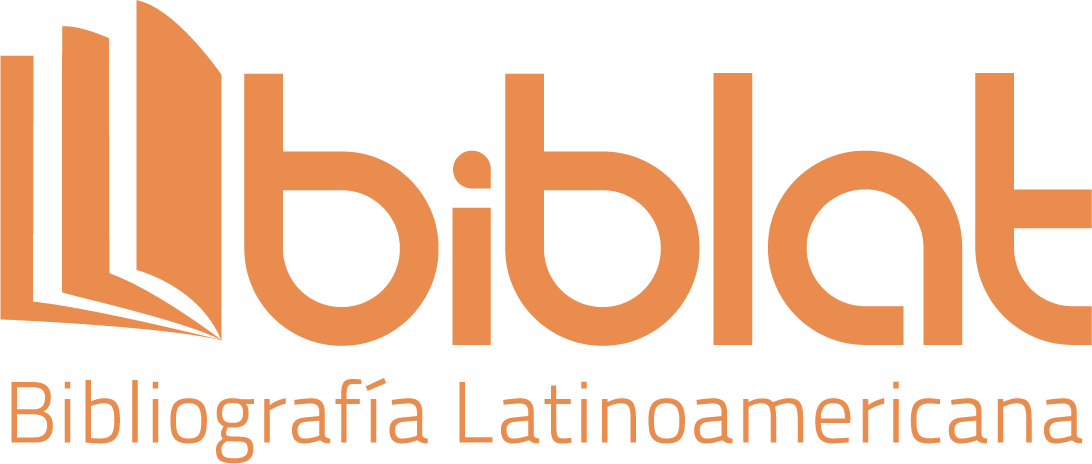Gamification activities system for the attention of students with attentional deficits in 5th grade of basic education
DOI:
https://doi.org/10.51736/sa.v7iEspecial%202.224Keywords:
gamification, attentional deficit, basic education, student attention, innovative pedagogical strategies.Abstract
Attention in the contemporary educational environment has acquired a fundamental importance for the academic performance and integral development of students. This study set out to design and evaluate a Gamification Activity System specifically conceived for fifth-year elementary school students with attention deficit. The research was carried out at the fiscomisional school of basic education Mercedes Navarrete, with a sample of 20 students and three teachers. A quasi-experimental experimental design of a single pretest-posttest group was implemented, complemented with teacher interviews and validation by expert criteria. The standardized instruments used included the Test of Concentrated Attention and the Attention and Concentration Scale. The results revealed significant improvements in student attention, supporting the effectiveness of the Gamification Activity System. Despite the positive reception, areas for improvement were identified in the variety of activities and the integration of multimedia elements. These findings underscore the relevance of adaptive pedagogical strategies, especially in the context of attentional deficit, providing valuable contributions to the academic field and highlighting gamification as a promising approach to address the complexities of attention in the educational environment.
Downloads
References
Chang, D., Xiang, Y., Zhao, J., Qian, Y., & Li, F. (2022). Exploration of Brain-Computer Interaction for Supporting Children’s Attention Training: A Multimodal Design Based on Attention Network and Gamification Design. International Journal of Environmental Research and Public Health, 19(22), 15046.
Conners, C. K. (2010). Conners comprehensive behavior rating scales (Conners CBRS). Multi-Health Systems.
Creswell, J. W., & Creswell, J. D. (2017). Research design: Qualitative, quantitative, and mixed methods approaches. Sage publications.
Deterding, S., Sicart, M., Nacke, L., O'Hara, K., & Dixon, D. (2011). Gamification. using game-design elements in non-gaming contexts. In CHI'11 extended abstracts on human factors in computing systems (pp. 2425-2428).
García-Redondo, P., García, T., Areces, D., Núñez, J. C., & Rodríguez, C. (2019). Serious games and their effect improving attention in students with learning disabilities. International Journal Of Environmental Research And Public Health, 16(14), 2480.
Gazzaniga, M., Ivry, R. B., & Mangun, G. R. (2018). Cognitive neuroscience: fifth international student edition. WW Norton & Company.
Infante, T. D. J. M., Cruz, C. A. D., & Miranda, A. A. R. (2016). Propuesta para decrementar del déficit de atención en una muestra de niños de educación básica. Voces de la educación, 1(2), 69-76.
Kirk, H. E., Spencer-Smith, M., Wiley, J. F., & Cornish, K. M. (2021). Gamified attention training in the primary school classroom: a cluster-randomized controlled trial. Journal of Attention Disorders, 25(8), 1146-1159.
Klingbeil, D. A., Renshaw, T. L., Willenbrink, J. B., Copek, R. A., Chan, K. T., Haddock, A., ... & Clifton, J. (2017). Mindfulness-based interventions with youth: A comprehensive meta-analysis of group-design studies. Journal of school psychology, 63, 77-103.
Marín, J. V. E., Pérez, R. M., & Acosta, J. P. G. (2022). Gamificación en la enseñanza de las matemáticas en niños con trastornos por déficit de atención e hiperactividad. Conciencia Digital, 5(4.1), 103-131.
Mejia, L. M. G., Añapa, N. J. Q., & Aguilar, W. O. (2023). Las habilidades matemáticas significativas en estudiantes de quinto grado. Impacto en su rendimiento académico. Serie Científica de la Universidad de las Ciencias Informáticas, 16(10), 143-162.
Monsiváis, J. M., & Valles, A. C. (2018). Estigma en el trastorno por déficit de atención con hiperactividad TDAH por maestros de educación básica. Preliminar de una intervención psicoeducativa. REXE. Revista de Estudios y Experiencias en Educación, 17(35), 167-174.
Moreira, S. M. M., Chávez, L. L. R., Ponce, D. C. L., & Chóez, C. I. M. (2023). La gamificación como técnica de aprendizaje para estudiantes neurotípicos y neurodivergentes. Revista Científica Arbitrada Multidisciplinaria PENTACIENCIAS, 5(5), 763-771.
Nuñez, M. P. S., & Alanya-Beltran, J. (2021). Trastorno por Déficit de Atención e Hiperactividad en estudiantes en edad escolar de 6 a 17 años. Revista Tecnológica Ciencia y Educación Edwards Deming, 5(2).
Menezes, C. B., & Bizarro, L. (2015). Effects of a brief meditation training on negative affect, trait anxiety and concentrated attention. Paidéia (Ribeirão Preto), 25, 393-401.
Ortiz, W., Ruata, S. A., Rodríguez, E., & Rodríguez, W. A. (2020). E-learning y blended learning: Estrategias para enseñar y aprender diferente en tiempos de pandemia. Neutrosophic Computing & Machine Learning, (20).
Posner, M. I., & Petersen, S. E. (1990). The attention system of the human brain. Annual review of neuroscience, 13(1), 25-42.
Sitra, O., Katsigiannakis, V., Karagiannidis, C., & Mavropoulou, S. (2017). The effect of badges on the engagement of students with special educational needs: A case study. Education and Information Technologies, 22, 3037-3046.
Vermeir, J. F., White, M. J., Johnson, D., Crombez, G., & Van Ryckeghem, D. M. (2020). The effects of gamification on computerized cognitive training: systematic review and meta-analysis. JMIR serious games, 8(3), e18644.
Yu, Y. T., & Tsuei, M. (2022). The effects of digital game-based learning on children’s Chinese language learning, attention and self-efficacy. Interactive Learning Environments, 1-20.
Published
How to Cite
Issue
Section
License
Copyright (c) 2024 Giovanny Francisco Montoya Torres, Lila Patrícia Villavicencio Ovando, Nelly Hodelyn Amable

This work is licensed under a Creative Commons Attribution-NonCommercial-ShareAlike 3.0 Unported License.






















































